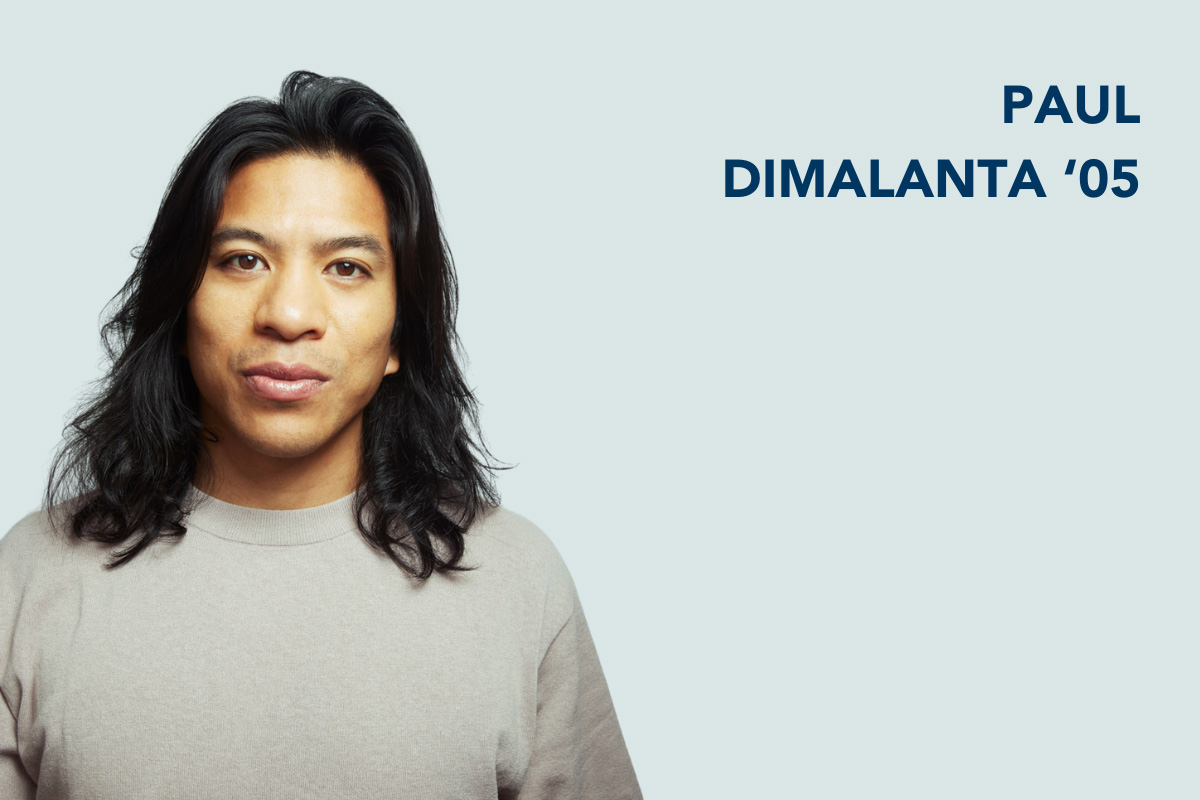
Paul Dimalanta ‘05 was working towards an engineering degree at UCSB, until he pivoted to Fine Arts during his third year. Driven by a love for visual arts, Paul immersed himself in upper-division art courses, like Color Theory and Digital Media. Upon graduating, Paul made the leap into photography and began working on magazine shoots.
Paul embraces his multicultural background as a Filipino American in his current project, titled ‘Filipinx Faces,’ which highlights and promotes Filipinx representation in the media through artistic portraits of community members.
Q: How would you describe your artistic approach to your work?
Recently, I’ve been focusing my work on my culture as a Filipino American. I found that the more I relate my work to that aspect of my identity, the more honest it feels. I was working a lot in the luxury markets post-grad, which doesn’t have a lot of color in it. As I progressed through my career, I was able to make more casting and other directorial calls, and thus involve more people of color into the different types of work that I do. That led me to a project I am currently working on called Filipinx Faces, in which I am doing portraits of Filipinos, both in my community and in the entertainment industry. That work has been really rewarding.
Q: Can you explain luxury as a concept, and what it means to you in the context of your photography work?
I would describe it as using a lot of saturated colors and backlit sunsets to build a sort of dreamy, aspirational, and glossy vibe. It includes a lot of tabletop shooting and strict lighting. Luxury photography has a certain kind of polished look. I worked my way up into shooting a lot of automotive commercial work throughout my career.
Q: How did you hone your photography skills in college?
I actually started out at UCSB in the engineering department. My junior year was when I flipped everything around and made the full jump into the Art major. I did a lot of painting and drawing, which necessitated color theory and technical classes. Slowly, I applied what I learned there to my photography, but I remember thinking that photography was for the people who didn’t know how to paint! It wasn’t until I took a digital media class that required me to learn photography. I had to create this database of my extended family, which includedI taking all of their portraits. It made me fall in love with the whole process, and that concept has definitely found its way back into my work with my Filipinx Faces project.
Q: What aspect of UCSB do you look back on most fondly?
I had a professor, Kip Fulbeck, who taught a class called Personal Narrative. It was a spoken word course that involved a lot of reflection on who we were as individuals. That experience has definitely been a part of my work as I continue to represent people of color and normalize that experience in mainstream media.
Q: What is your favorite part of photography?
Photography has brought me all over the world. It has allowed me to travel and see places and things that I would never have imagined. When I first got out of college, I only wanted to shoot for magazines. I worked for a temp agency and honestly, bugged them until I got a meeting with the creative director there. He happened to be a Gaucho, and we related to one another talking about our backgrounds and connection to UCSB. I’m grateful that he started taking me to photoshoots because it led to internships and experiences that allowed me to eventually break off and run my own business.
Q: How do you like to wind down after a day of work?
I do a lot of cooking, as it helps me get away from the computer for a bit. I also do some gardening and grow my own vegetables to use in whatever fresh, delicious meal. I make those plates look beautiful!
Q: Do you ever experience creative burnout? How do you overcome that?
During the pandemic, it was pretty rough as a photographer. I actually switched over to a different medium and was painting a lot during that time. I have found that the best way for me to ever overcome creative burnout is to just change mediums or try something new.